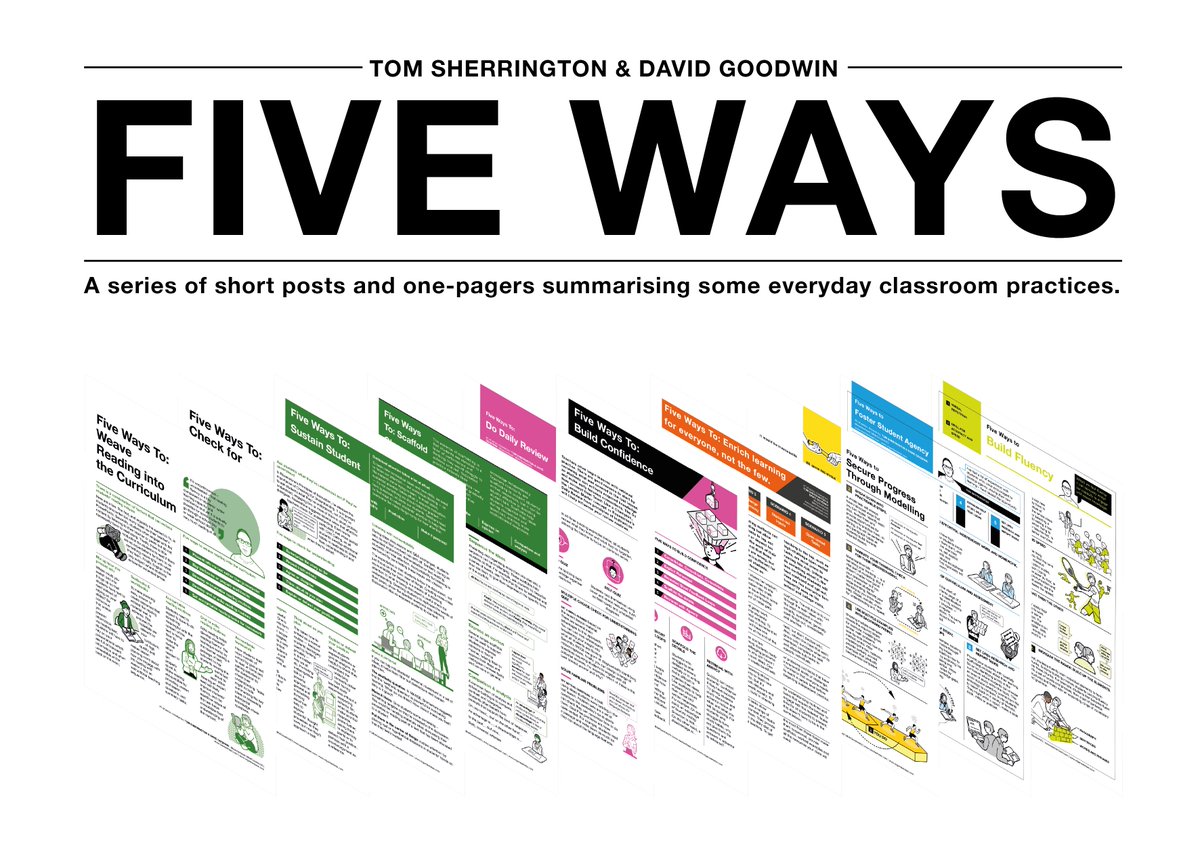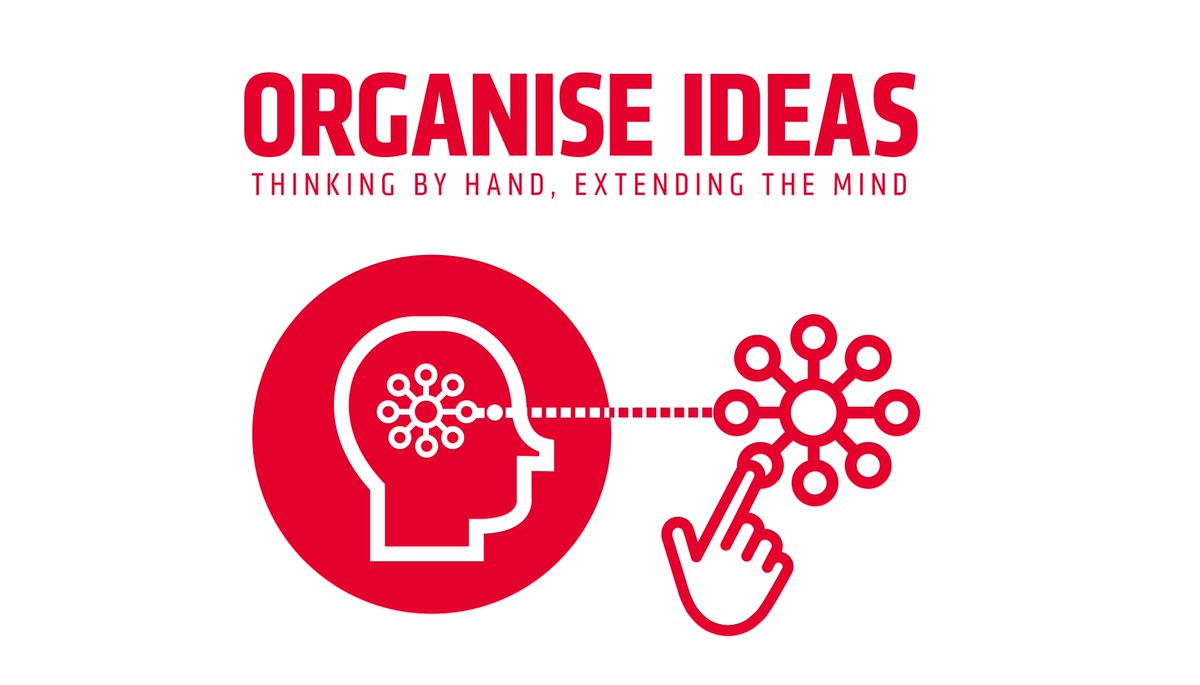So @EnserMark and @kate_stockings took the time to thank people of the #geographyteacher community today for their contributions and it appears to some it has been disappointing to not have been included, to the point were nasty remarks have been made and people appear to be
Disagreeing with each other etc. Thing to remember is this:
1. Twitter is limited to how many characters you can include in a tweet
2. I engage with 100s of people each week and would struggle to remember everyone who has made an impact (this doesn’t mean I don’t appreciate it)
1. Twitter is limited to how many characters you can include in a tweet
2. I engage with 100s of people each week and would struggle to remember everyone who has made an impact (this doesn’t mean I don’t appreciate it)
Just means I am human and sometimes forget
3. We all work hard and whilst it was lovely to have been included in Marks and Kate’s tweets - I wouldn’t have felt any less of a contributed to our community
3. We all work hard and whilst it was lovely to have been included in Marks and Kate’s tweets - I wouldn’t have felt any less of a contributed to our community
4. Remember why you do this...I got into teaching to make a difference, to give young people the best possible life chances and make them more knowledgeable geographers. Engaging in the edutwitter community helps me achieve this. It isn’t about the number of followers or likes
• • •
Missing some Tweet in this thread? You can try to
force a refresh














